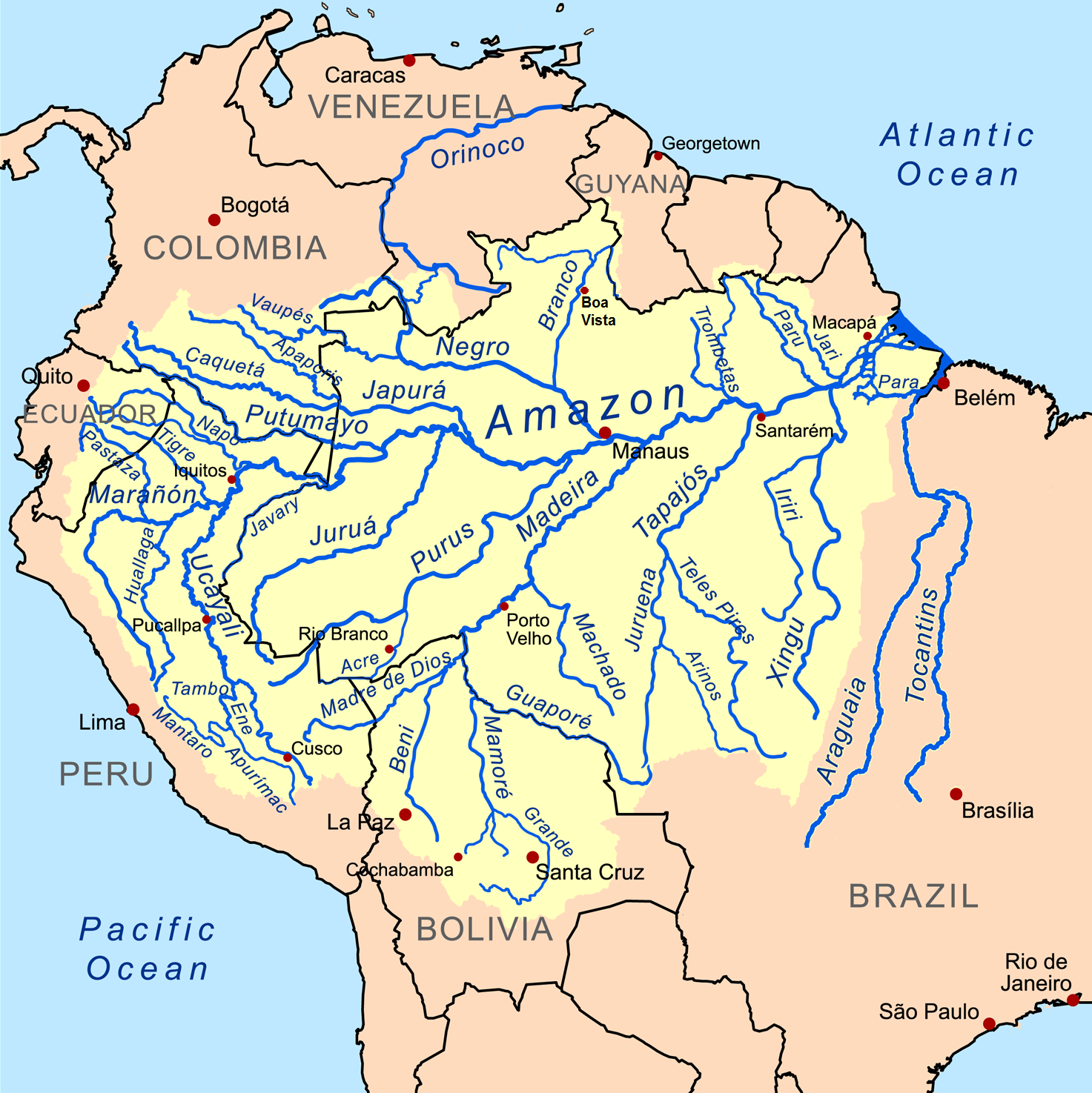|
Dicepolia Amazonalis
''Dicepolia amazonalis'' is a moth in the family Crambidae. It was described by James E. Hayden in 2009. It is found in the central Amazon basin, along the main trunk of the Amazon River The Amazon River (, ; es, Río Amazonas, pt, Rio Amazonas) in South America is the largest river by discharge volume of water in the world, and the disputed longest river system in the world in comparison to the Nile. The headwaters of t ... and its tributaries. The length of the forewings is 7.8–9 mm. Adults have been recorded on wing in February, from July to August and in September. Etymology The species name refers to the distribution., (2009)"Taxonomic revision of Neotropical ''Dicepolia'' Snellen (Lepidoptera: Crambidae)" ''Zootaxa''. 2237: 1-33. References Moths described in 2009 Odontiinae {{Odontiinae-stub ... [...More Info...] [...Related Items...] OR: [Wikipedia] [Google] [Baidu] |
Moth
Moths are a paraphyletic group of insects that includes all members of the order Lepidoptera that are not butterflies, with moths making up the vast majority of the order. There are thought to be approximately 160,000 species of moth, many of which have yet to be described. Most species of moth are nocturnal, but there are also crepuscular and diurnal species. Differences between butterflies and moths While the butterflies form a monophyletic group, the moths, comprising the rest of the Lepidoptera, do not. Many attempts have been made to group the superfamilies of the Lepidoptera into natural groups, most of which fail because one of the two groups is not monophyletic: Microlepidoptera and Macrolepidoptera, Heterocera and Rhopalocera, Jugatae and Frenatae, Monotrysia and Ditrysia.Scoble, MJ 1995. The Lepidoptera: Form, function and diversity. Oxford, UK: Oxford University Press; 404 p. Although the rules for distinguishing moths from butterflies are not well est ... [...More Info...] [...Related Items...] OR: [Wikipedia] [Google] [Baidu] |
Crambidae
The Crambidae are the grass moth family of lepidopterans. They are variable in appearance, the nominal subfamily Crambinae (grass moths) taking up closely folded postures on grass stems where they are inconspicuous, while other subfamilies include brightly coloured and patterned insects which rest in wing-spread attitudes. In many classifications, the Crambidae have been treated as a subfamily of the Pyralidae or snout-moths. The principal difference is a structure in the tympanal organs called the praecinctorium, which joins two tympanic membranes in the Crambidae, and is absent from the Pyralidae. The latest review by Munroe and Solis, in Kristensen (1999), retains the Crambidae as a full family. The family currently comprises 15 subfamilies with altogether 10,347 species in over 1,000 genera. Systematics *subfamilia incertae sedis **''Conotalis'' Hampson, 1919 **''Exsilirarcha'' Salmon & Bradley, 1956 *Subfamily Acentropinae Stephens, 1836 *Subfamily Crambinae Latreill ... [...More Info...] [...Related Items...] OR: [Wikipedia] [Google] [Baidu] |
Amazon Basin
The Amazon basin is the part of South America drained by the Amazon River and its tributaries. The Amazon drainage basin covers an area of about , or about 35.5 percent of the South American continent. It is located in the countries of Bolivia, Brazil, Colombia, Ecuador, Guyana, Peru, Suriname, and Venezuela. Most of the basin is covered by the Amazon rainforest, also known as Amazonia. With a area of dense tropical forest, this is the largest rainforest in the world. Geography The Amazon River begins in the Andes Mountains at the west of the basin with its main tributary the Marañón River and Apurimac River in Peru. The highest point in the watershed of the Amazon is the second biggest peak of Yerupajá at . With a length of about before it drains into the Atlantic Ocean, it is one of the two longest rivers in the world. A team of scientists has claimed that the Amazon is longer than the Nile, but debate about its exact length continues. The Amazon sys ... [...More Info...] [...Related Items...] OR: [Wikipedia] [Google] [Baidu] |
Amazon River
The Amazon River (, ; es, Río Amazonas, pt, Rio Amazonas) in South America is the largest river by discharge volume of water in the world, and the disputed longest river system in the world in comparison to the Nile. The headwaters of the Apurímac River on Nevado Mismi had been considered for nearly a century as the Amazon basin's most distant source, until a 2014 study found it to be the headwaters of the Mantaro River on the Cordillera Rumi Cruz in Peru. The Mantaro and Apurímac rivers join, and with other tributaries form the Ucayali River, which in turn meets the Marañón River upstream of Iquitos, Peru, forming what countries other than Brazil consider to be the main stem of the Amazon. Brazilians call this section the Solimões River above its confluence with the Rio Negro forming what Brazilians call the Amazon at the Meeting of Waters ( pt, Encontro das Águas) at Manaus, the largest city on the river. The Amazon River has an average discharge of abo ... [...More Info...] [...Related Items...] OR: [Wikipedia] [Google] [Baidu] |
Moths Described In 2009
Moths are a paraphyletic group of insects that includes all members of the order Lepidoptera that are not butterflies, with moths making up the vast majority of the order. There are thought to be approximately 160,000 species of moth, many of which have yet to be described. Most species of moth are nocturnal, but there are also crepuscular and diurnal species. Differences between butterflies and moths While the butterflies form a monophyletic group, the moths, comprising the rest of the Lepidoptera, do not. Many attempts have been made to group the superfamilies of the Lepidoptera into natural groups, most of which fail because one of the two groups is not monophyletic: Microlepidoptera and Macrolepidoptera, Heterocera and Rhopalocera, Jugatae and Frenatae, Monotrysia and Ditrysia.Scoble, MJ 1995. The Lepidoptera: Form, function and diversity. Oxford, UK: Oxford University Press; 404 p. Although the rules for distinguishing moths from butterflies are not well est ... [...More Info...] [...Related Items...] OR: [Wikipedia] [Google] [Baidu] |



